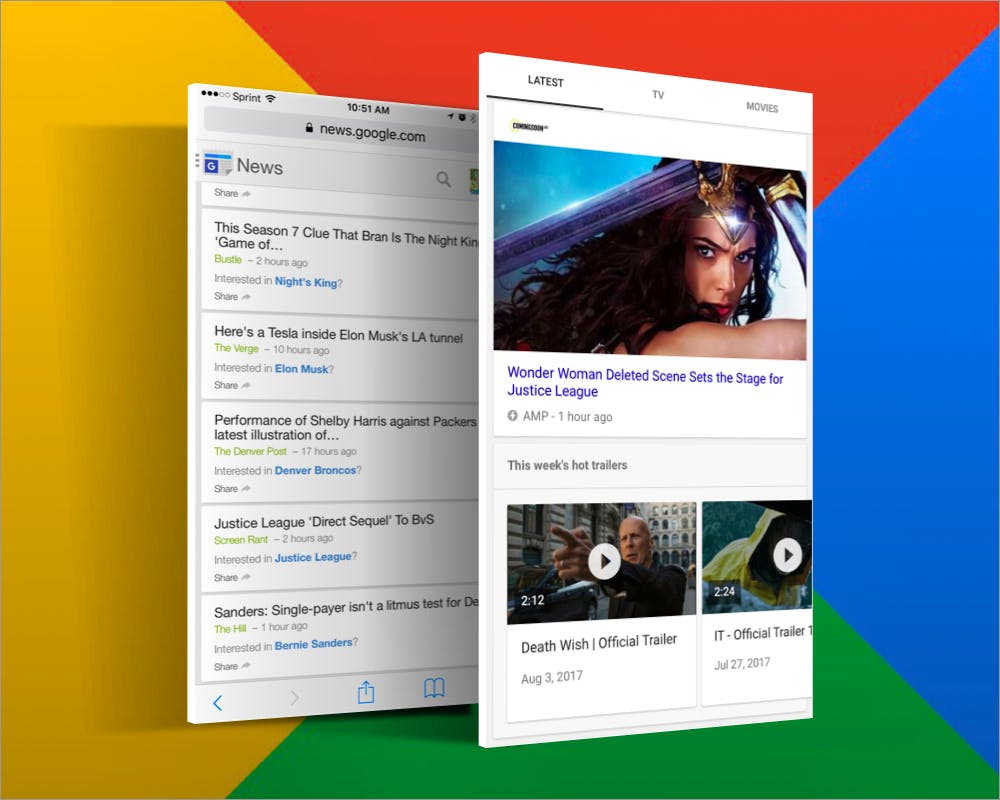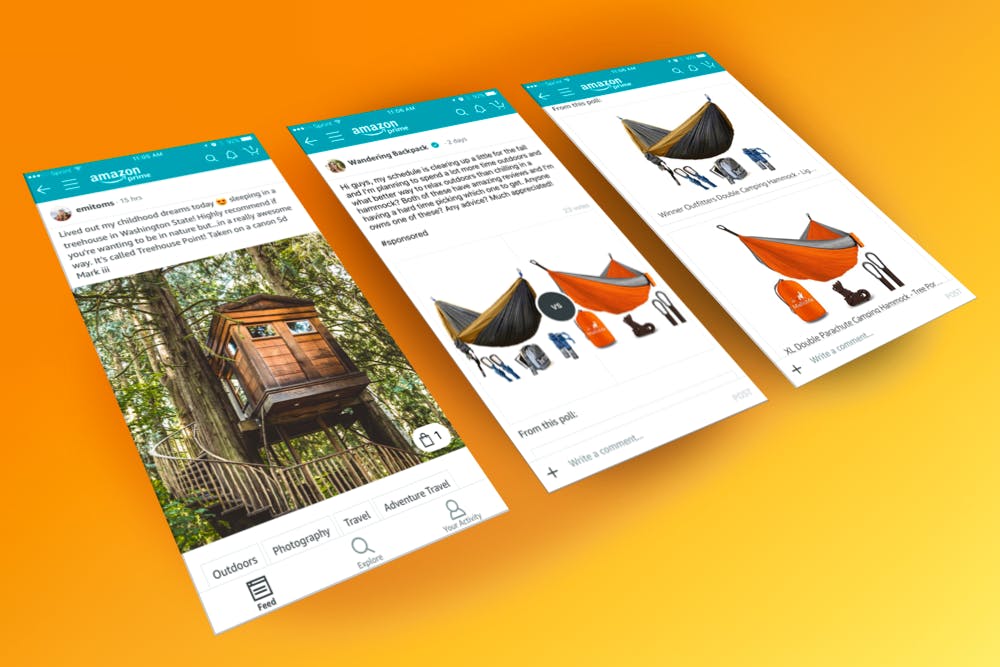The application technology space is becoming more and more competitive. The Apple App Store sits with 2.2M apps available for download today and is estimated to grow to 5M by 2020. Within every category, there are a variety of apps to choose from (maps, music, photo sharing and editing, payments, sports, weather, etc). For product leads and app developers alike, staying current (not to mention standing out) can be a difficult task.
Feeds Are Increasingly Popular
One feature that is becoming increasingly popular, and in fact ubiquitous, is a content feed: syndicated activities commonly used in social web apps and services. To take it one step further, as business and users continue to mature, feed ranking and personalization (think Facebook) are often used. Luckily there are many successful companies that have paved the way for intelligent stream adoption and others that have simplified implementation and upkeep.
Who Uses Feeds and Activity Streams?
When you think of a feed, most of us automatically think of major social networks such as Facebook, Instagram and Twitter. Now, two other well known companies have embraced the streams trend and integrated highly personalized feeds into their platforms. These two feed-based products take a non-social approach, which sets them apart from many other apps with feeds.
Last year, Google introduced two new content feeds - one for personal information (i.e., doctors appointments, happy hours, meet ups, etc) and one for their unique interests (ie. new movie releases, sports games, news updates, etc). The purpose was to make content that matters to individual easily accessible. The app relies heavily on machine learning, a type of AI that provides applications with the ability to learn without being directly programmed, to help determine the user’s interests. In addition, Google also provides a “Related Story” section that aims to reduce the content or filter bubble by delivering stories around a similar topic from a variety of news organizations.  Recently, Google released a few new features to improve the user experience - additional tailored content and the ability to “Follow” topics. Google has been fine-tuning their knowledge graph for users, granting them greater insight into their likes and interests. Using this information, Google’s feeds are more personalized and comprehensive. They also added a “Follow” button allowing users to actively seek topics and people of interest, though it does not give users the ability to follow their friends.
Recently, Google released a few new features to improve the user experience - additional tailored content and the ability to “Follow” topics. Google has been fine-tuning their knowledge graph for users, granting them greater insight into their likes and interests. Using this information, Google’s feeds are more personalized and comprehensive. They also added a “Follow” button allowing users to actively seek topics and people of interest, though it does not give users the ability to follow their friends.
Amazon
Amazon also introduced a new product based on feeds, Amazon Spark. Spark aggregates topics and items of interest, reviews, etc all while helping business promote their products. Users can play an active role within the app by commenting or smiling (similar to Facebook’s “Like” feature). It’s hard to build a profile of a user’s interests if you only have shopping data, but by including likes, comments and tags Amazon can build up a deeper understanding of their user-base.  Amazon can leverage this knowledge of their user-base for things such as product recommendations and targeted emails. Even though Amazon’s user base has continued to grow for years, with the introduction of Spark, the eCommerce site now has a social network component adding a new sense of community.
Amazon can leverage this knowledge of their user-base for things such as product recommendations and targeted emails. Even though Amazon’s user base has continued to grow for years, with the introduction of Spark, the eCommerce site now has a social network component adding a new sense of community.
How To Implement
With more companies, regardless of industry, turning to mobile apps, integrated feeds are becoming a standard practice. The modern consumer does not have the time or attention span required to search for content that is of interest to them. Rather, they expect content to be easily accessible and readily available. This entails a whole new level of feed ranking and personalization that can add complexities. Major tech corporations with (what seems like) endless budget, have the ability to hire and dedicate a individual or team to build a customized feed in-house. However, for product teams with a goal of building and releasing quickly, all the while focussing on the things that make their app unique, there is the Stream API. Stream’s API enables users to build a highly customized and scalable feed with ranking and personalization in a matter of days rather than months. More importantly, Stream allows company resources to be better allocated to the things that matter - their core product and message. The streams and feeds trend has been around for years, and is only becoming more prominent. To stay in front of consumers and be relevant, apps must provide an intuitive UI users love and understand with little background knowledge. Luckily, regardless of size, any application can now easily and affordably integrate their own unique stream into their application. Check out how these companies are utilizing the Stream API!
